How to grow lemongrass – an easy step-by-step
Find out how to grow lemongrass to add variety to your herb garden – and kitchen
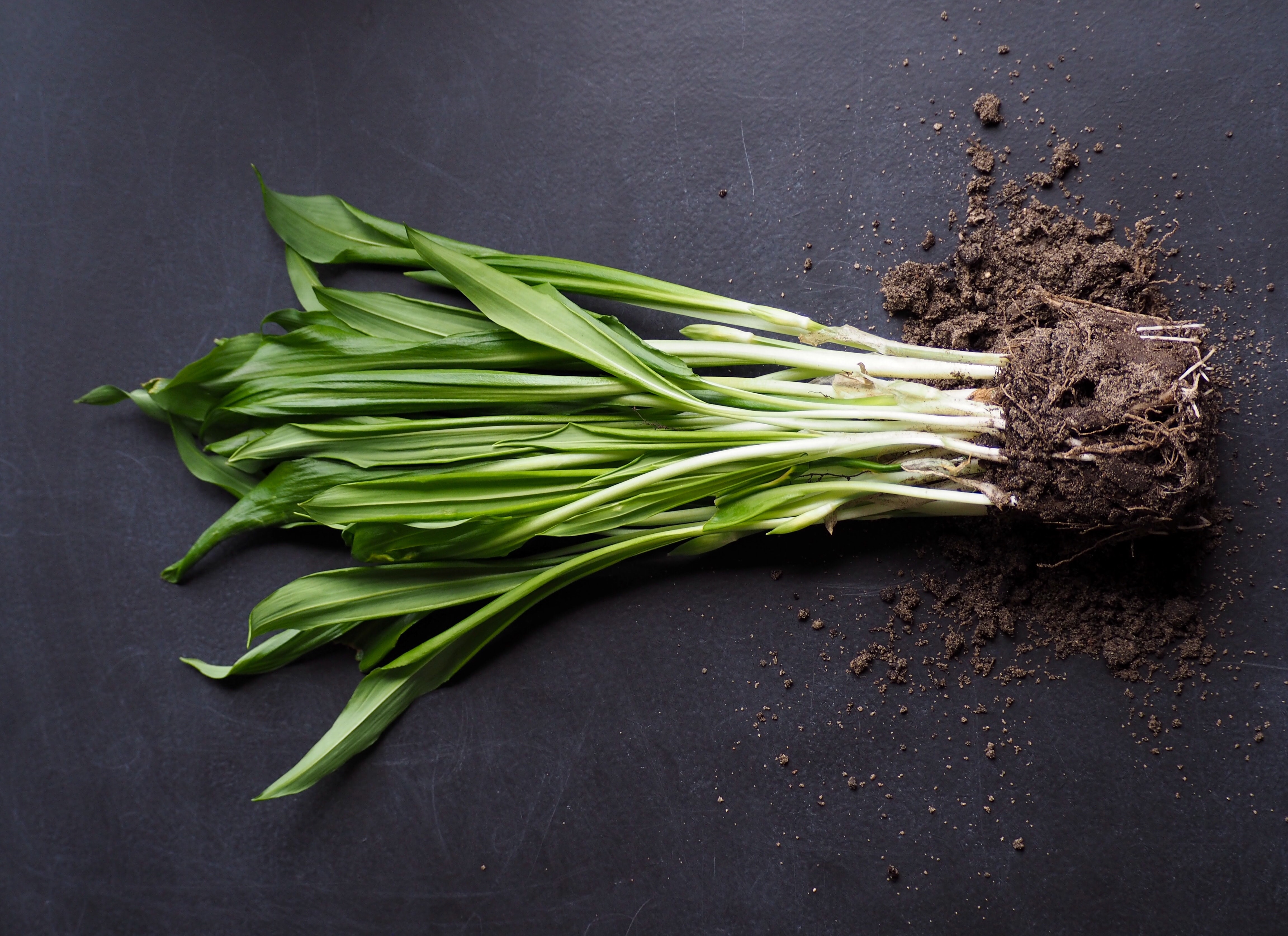

If you're wondering how to grow lemongrass, then look no further. We've rounded up the top tips to help you add this aromatic herb to your herb garden.
A staple of Thai and Vietnamese cooking, lemongrass is renowned for its citrusy aroma and zingy taste. While it is a herb, lemongrass is not commonly found in herb gardens, despite being surprisingly easy to grow. Yes, that's right, you can grow your own lemongrass as part of your vegetable garden ideas.
Originating from the tropical climes of Sri Lanka and South India, lemongrass thrives in constant heat, meaning that in most parts of the US and Europe it is best grown in containers that can be moved to the sunniest spot of the garden – and into a greenhouse or indoors when the weather gets colder.
Lemongrass can grow to between 3 to 5ft tall in a single season so keeping it in a container will also constrict its growth, making it easier to maintain.
How to grow lemongrass: picking the right variety
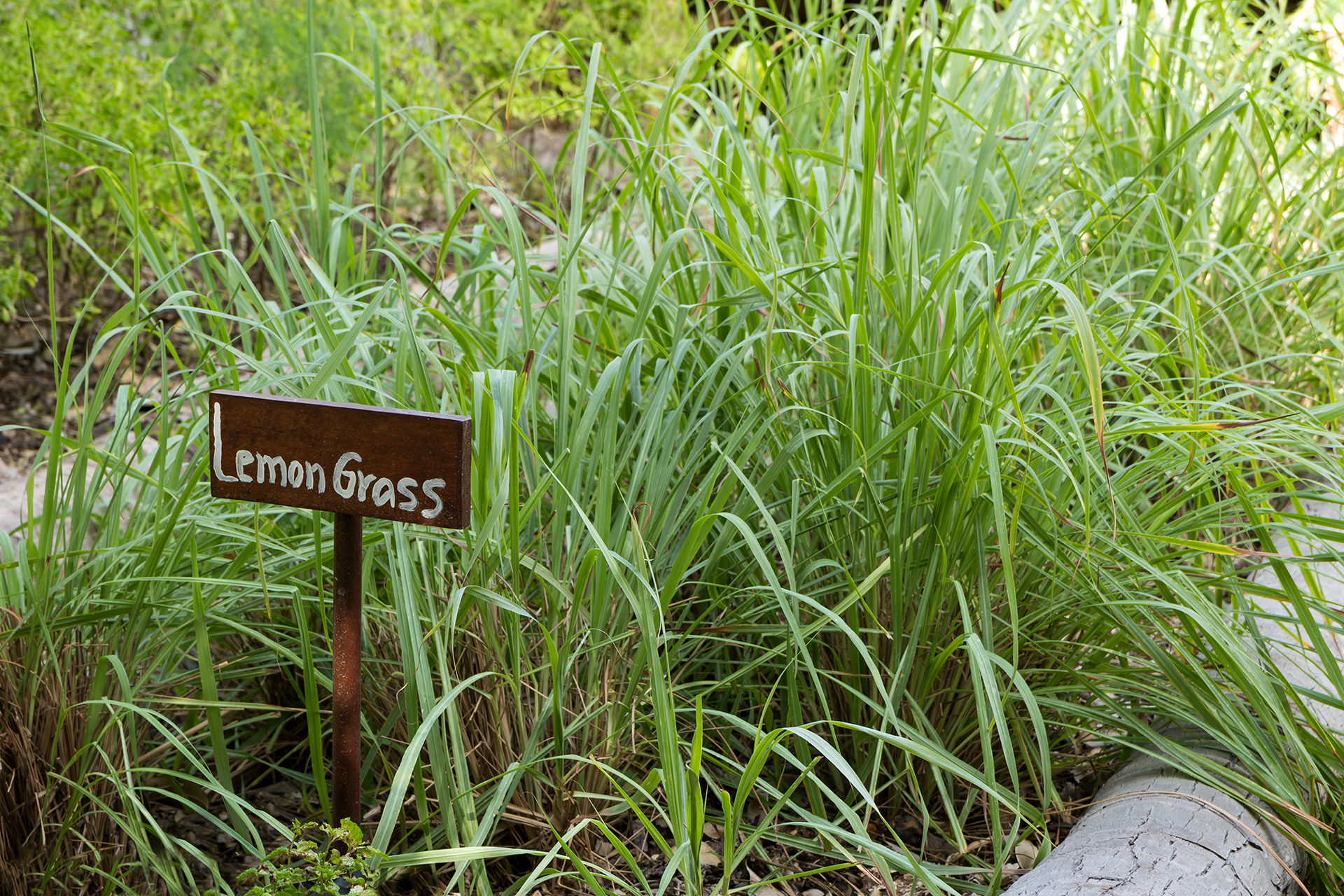
If you want to grow lemongrass for use in cooking, it is important to pick the right variety for your kitchen garden ideas.
West Indian lemongrass (Cymbopogon citratus) is the favored choice for cooking, though East Indian lemongrass (Cymbopogon flexuosus) is also edible.
Be sure to avoid Citronella grass which is sometimes marketed as a type of lemongrass. While Citronella grass is similar and also edible, it is in fact a part of the geranium family. It is easy to tell the difference between citronella grass and lemongrass as lemongrass has a yellow-green color with a white base, while citronella grass has a reddish tinge towards the base.
How to grow lemongrass from seed
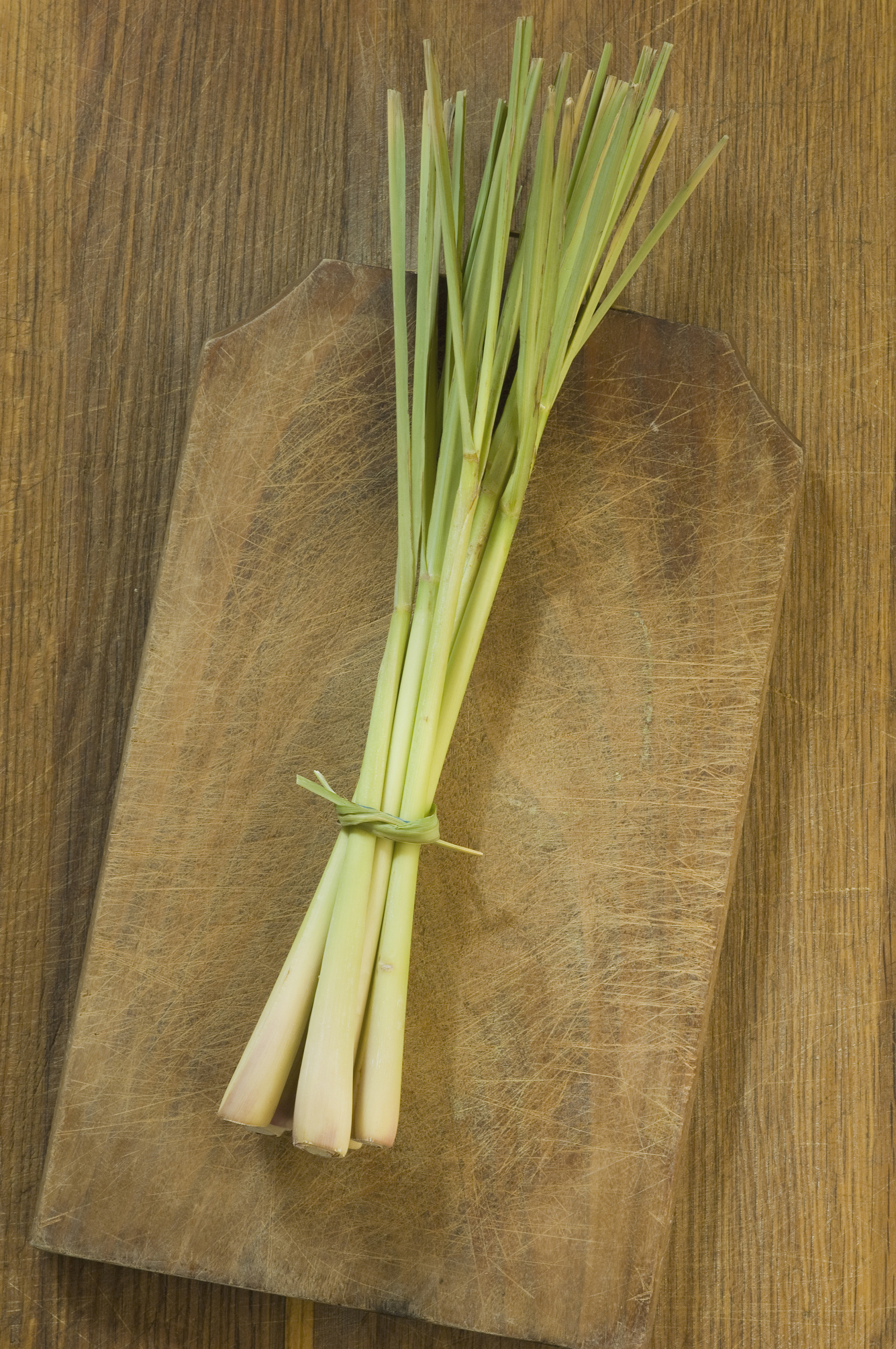
'Sow lemongrass seeds in either cell packs or flats and press into soil. Cover the seeds very lightly with compost as light aids germination,' advises Don McCulley, owner of Swallowtail Garden Seeds. 'Keep at 70°F and germination should take between 10 and 20 days. Once the roots show through the bottom of the pot transplant into the garden at 12 inches apart and in rows 18 inches apart'.
How to grow lemongrass from shop purchased shoots
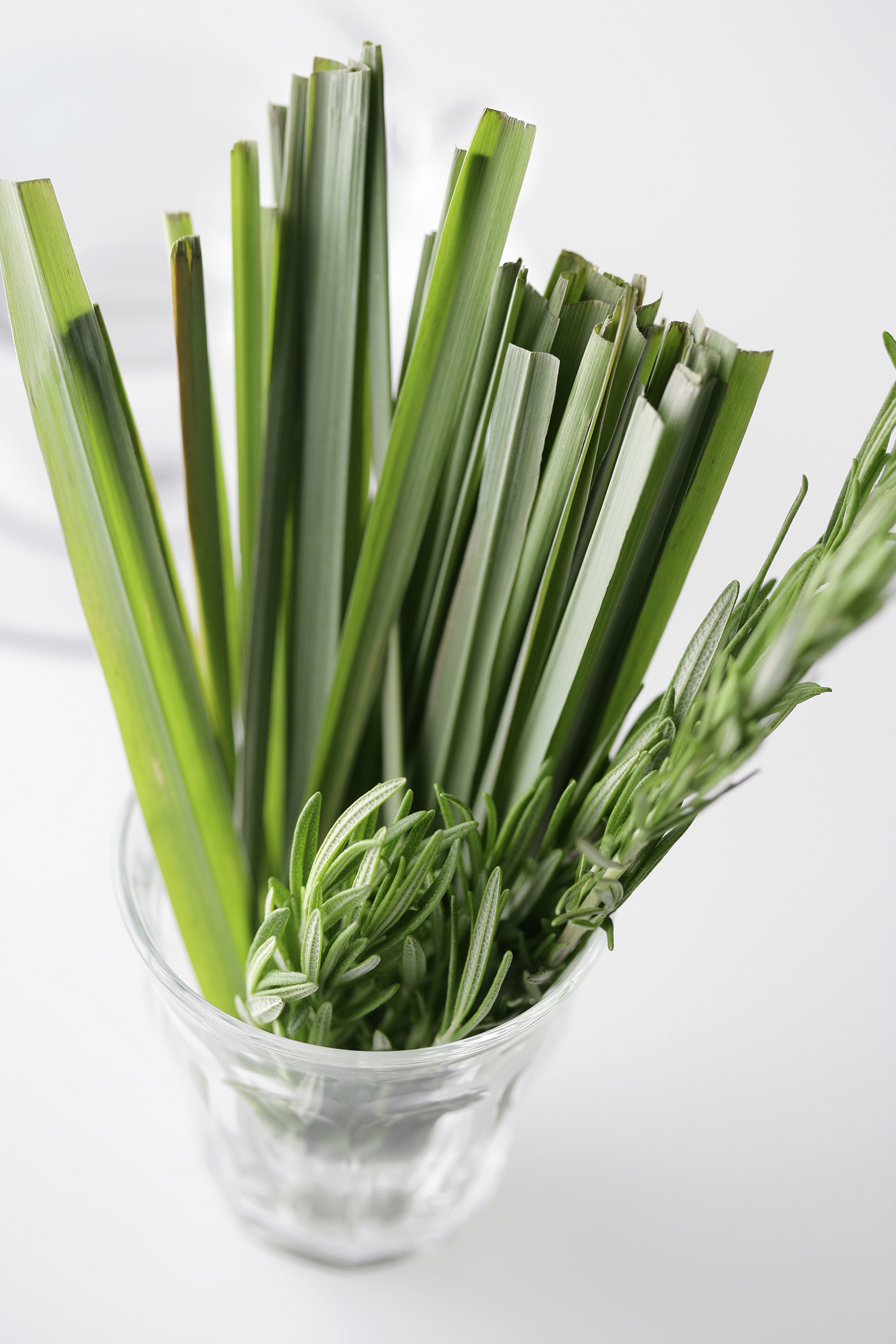
To grow lemongrass from shop purchased roots, look for firm and fresh stems as these will have the best chance at success. Then put the stems in a glass of water with the thick, white end covered by the water and place on a windowsill.
Make sure to change the water every couple of days to prevent bacterial growth and within a few weeks roots will have appeared. Once the roots are a couple of inches long, transfer them to pots of compost and return them to the windowsill to continue their growth.
Keep watered and feed every two weeks with a seaweed fertiliser. Place outside after the first frost.
How to grow lemongrass for the best crop
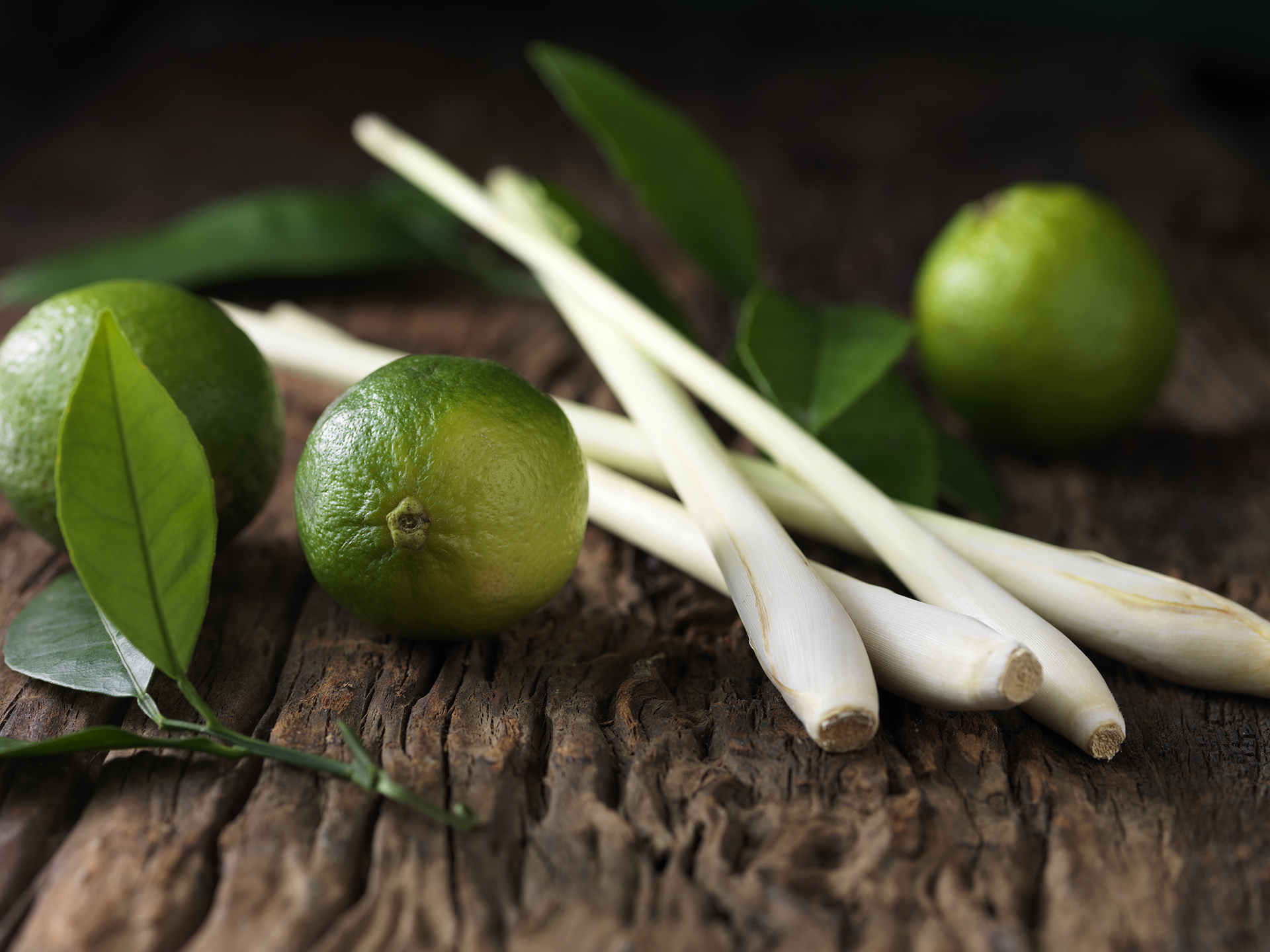
The key to growing lemongrass is full sun and nutrient-rich well drained soil. 'If planting in-ground, space plants 24 inches apart,' says Amy Enfield, Horticulturist for Bonnie Plants. 'If growing in containers, place one plant per pot and pick a container that is at least 12-inches in diameter.'
Is lemongrass easy to grow?

So long as you have the right conditions, then lemongrass is very easy to grow. So, what conditions does lemongrass need to grow? Simply put, lemongrass loves heat and light. It needs a minimum of six hours of light per day.
Since lemongrass loves heat, dehydration is also a risk – so be sure to water daily. 'Don't let the roots dry out,' warns Amy Enfield, Horticulturist for Bonnie Plants. 'Provide them with a steady supply of moisture for best growth.'
'Plants can be harvested as soon as they are 12 inches tall and stem bases are at least 0.5-inch thick. It will easily reach 3-5 feet tall and 2 feet wide in a single growing season,' continues Amy.
How to grow lemongrass so it comes back every year
Lemongrass is a tender perennial meaning that it does come back every year so long as you take care of it properly. Lemongrass will die if it is exposed to cold weather and frost so while it can live outside all year round in USDA zones 8b and 9, it will need to be taken indoors in other zones. Therefore it is best grown in containers.
While it may need to come inside during the winter months, lemongrass does not fare well as a strictly indoor plant due to the lack of light it receives. Bring your pot of lemongrass indoors at the end of summer and cut back watering to once every two weeks.
How to grow lemongrass over winter?
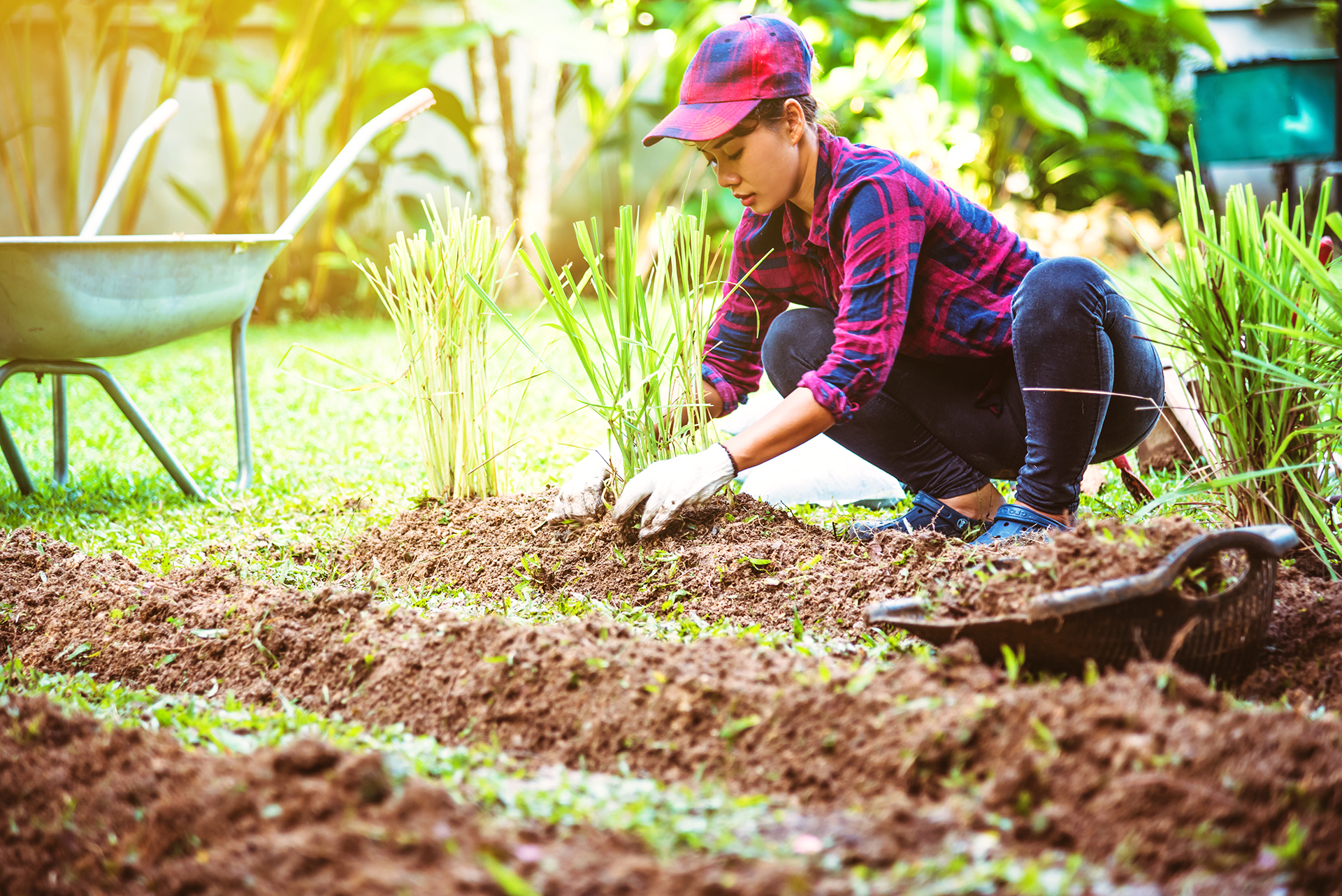
Knowing how to grow lemongrass is a key part of maintaining a healthy plant. Lemongrass needs special care over winter due to its lack of tolerance to frost.
'To over-winter lemongrass, lift the plants in early autumn, pot up and grow through the winter in a greenhouse with a minimum winter temperature of 45°F. Keep the compost just moist throughout winter,' advises Sue Sanderson, horticultural expert at Thompson & Morgan.
Of course you don't have to grow the plant over winter and can simply treat it as an annual. With the rapid growth time (up to 5ft in one growing season), it is very easy to grow a new plant each year.
How long does it take to grow lemongrass?

If grown from seed and in a favorable climate lemongrass 'will be ready to harvest 75-100 days after sowing. It will continue to grow until the first hard frost in fall.' advises Amy Enfield, Horticulturist for Bonnie Plants.
Of course if you're growing from small plants or supermarket-bought stems this will be a lot shorter as you don't have to wait for the seed to germinate and establish before harvesting lemongrass.
If your plant becomes too large simply divide as you would with a hosta or other herbaceous perennial. It's a very easy way to double your lemongrass plants.
How to prepare lemongrass to eat?

Having learned how to grow lemongrass and successfully harvested your crop – by snapping the stems off at the base of the plant – its now time to use it in your favorite curries, soups and dishes.
While it may seem daunting, it's actually very easy to prepare lemongrass for cooking. Simply remove the woody bulb end and then peel the outer layers to reveal the tender stem inside.
By growing your own, you will be able to harvest your crop before it becomes too woody – as is the case with lots of shop-bought versions of this herb. Plus as you harvest it fresh, it also has a much more intense flavor than those purchased in shops.
You can also use your lemongrass leaves to make tea. Dry the leaves in cool place, then ground up and brew with boiling water for a refreshing citrusy drink.
Sign up to the Homes & Gardens newsletter
Design expertise in your inbox – from inspiring decorating ideas and beautiful celebrity homes to practical gardening advice and shopping round-ups.

Having graduated with a first class degree in English Literature, Holly started her career as a features writer and sub-editor at Period Living magazine, Homes & Gardens' sister title. Working on Period Living brought with it insight into the complexities of owning and caring for period homes, from interior decorating through to choosing the right windows and the challenges of extending. This has led to a passion for traditional interiors, particularly the country-look. Writing for the Homes & Gardens website as a content editor, alongside regular features for Period Living and Country Homes & Interiors magazines, has enabled her to broaden her writing to incorporate her interests in gardening, wildlife and nature.
-
 Do cleaning products expire? Professional cleaners warn time could make them ‘less effective, and in some cases, irritating to use’
Do cleaning products expire? Professional cleaners warn time could make them ‘less effective, and in some cases, irritating to use’For the best results, it pays to stay on top of the timeline of your cleaning products
By Chiana Dickson Published
-
 7 of the best tomatoes for growing in pots - expert growers pick their top varieties ideal for large harvests from containers
7 of the best tomatoes for growing in pots - expert growers pick their top varieties ideal for large harvests from containersYou can enjoy bumper homegrown harvests in small spaces
By Drew Swainston Published